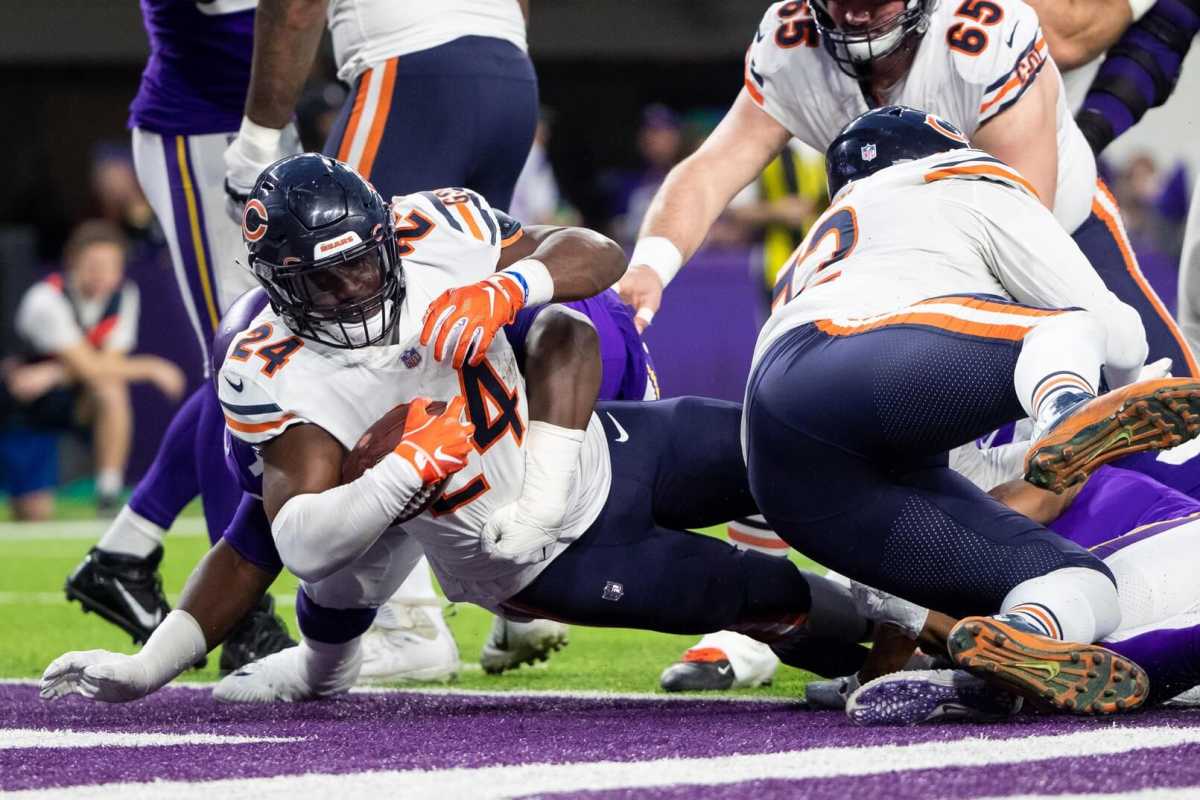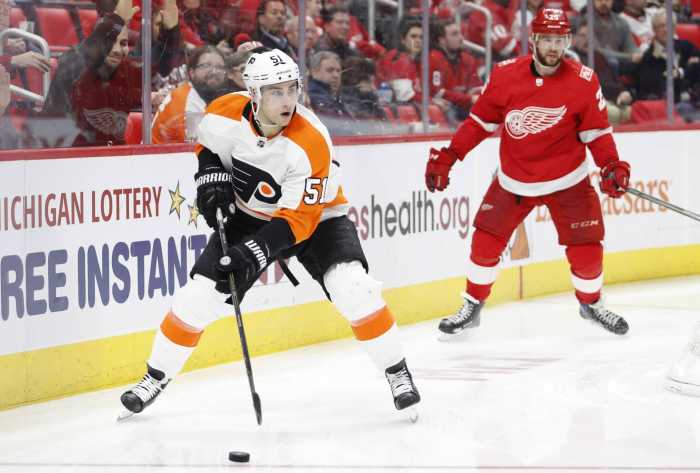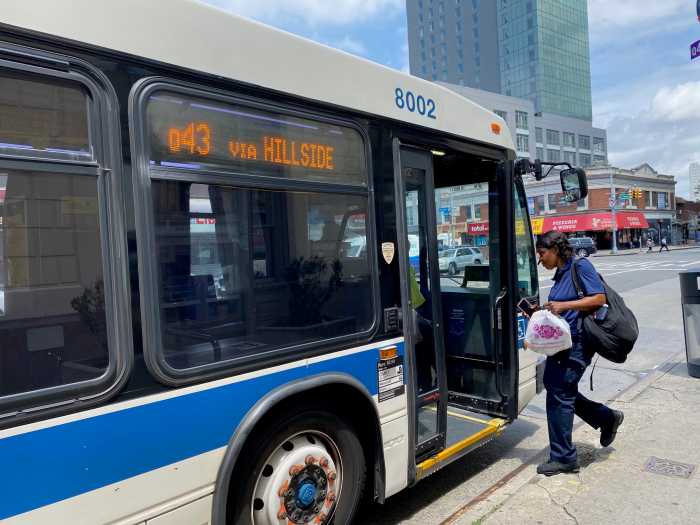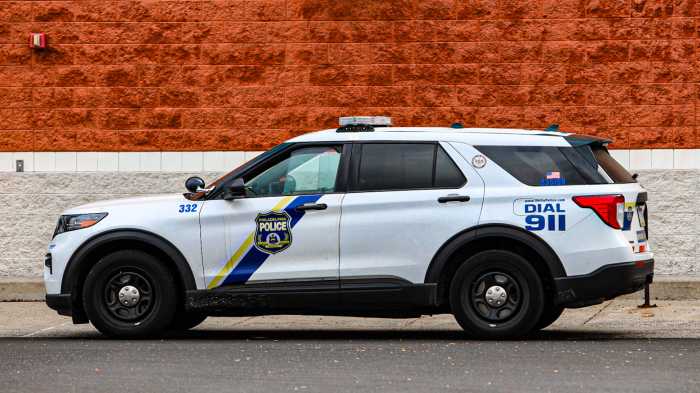Yards Created
This is another area the Eagles struggled to produce with consistency. Adams was electric out of the gate in that regard but fizzled once defenses learned to force him through the middle. Wendell has never been a tackle-breaking force and the same could be said about Corey Clement. Jordan Howard, on the other hand:
How does this solve the Eagles rushing game woes? Besides providing a morale boost by demolishing half-assed tackle attempts, it strangely should provide a boost to the team’s 20+ yard runs. In 2017, the back that led the team in runs of more than 20 yards was none other than LeGarrette Blount, who registered a total of 7. The reason: he was able to make the first man miss.
Philadelphia features a formidable front line on offence. They will afford running backs all the opportunities in the world to make plays. However, the success of the run game is getting the runner one-on-one with a linebacker, safety or corner in an alley. Pederson habitually leaves defenders unblocked in order to confuse defences and open up lanes behind them with infamous run-pass-option plays. Therefore, in order for the train to keep a rollin’ the team requires some broken tackles. There’s a reason why Sproles had instant success in his return to the offence. He makes defenders miss. Howard runs them over.
Diving into the numbers: in 2017 Howard created 394 yards for himself according to Player Profiler. His numbers dropped off in 2018 due to usage (60.7% opportunity share in 2017; 55.6% in 2018). However, before his carry share took a tumble, he self-created 124 yards in the first six weeks of the season. That averages out to 372 yards over the season, which is a far cry than the actual 160 he ended the year with. It means that on any given run, we can expect Howard to add approximately 1.4 yards per carry to anything the blocking in front of him permits.
The reason why this is so important becomes obvious when looking at the Eagles’ offensive line efficiency. According to Football Outsiders, Philadelphia’s offensive line accounted for 4.14 adjusted line yards, but only received 4.12 from their running back (based on efficiency). Therefore, the boys up front blocked better than the production from the running backs showed. Risking oversimplification, based on blocks, the Eagles lost 0.02 yards per





























